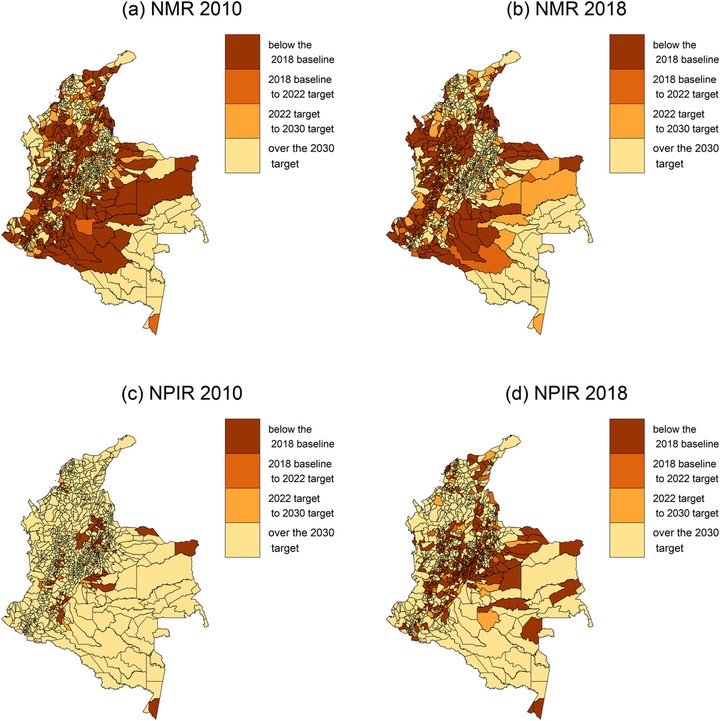Regional Convergence, Spatial Scale, and Spatial Dependence: Evidence from Homicides and Personal Injuries in Colombia

Abstract
This paper studies regional convergence and spatial dependence of homicides and personal injuries in Colombia. In particular, through the lens of both classical and distributional convergence frameworks, two spatial scales are contrasted: municipalities and states. For both homicides and personal injuries, sigma convergence is only found at the state level. In contrast, beta convergence is found at both state and municipal level. The non‐parametric convergence framework highlights further contrasting patterns. For homicides at the state level, four convergence clusters are found, while two clusters are present at the municipal level. For personal injuries, at both spatial scales, two clusters are found. Moreover, significant and robust spatial autocorrelation is found only at the municipal level. Overall, these results re‐emphasize the role of spatial disaggregation as well as spatial dependence when evaluating regional convergence and designing regional development policies. The paper concludes with a discussion about the relationship between crime types and their relevance to current and future development policies.